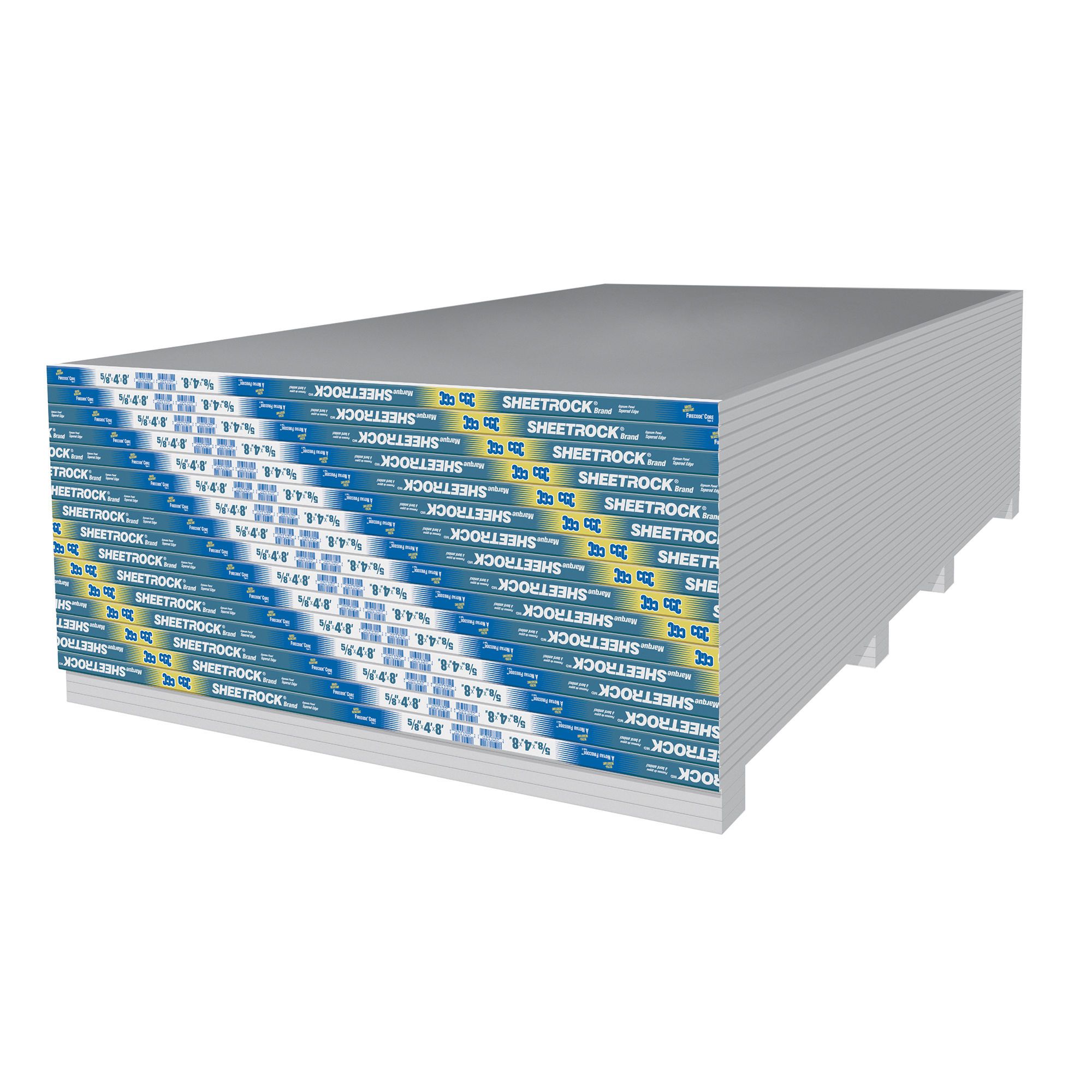
In the realm of construction and interior design, two terms often intermingle, causing confusion among professionals and homeowners alike. Is drywall the same as plastering? While both techniques serve the purpose of creating smooth and durable walls, they differ significantly in terms of materials, application methods, and overall aesthetic appeal. In this comprehensive blog post, we will delve into the intricacies of drywall and plastering, unraveling their unique characteristics, benefits, and applications.
- Understanding Drywall:
Drywall, also known as gypsum board or plasterboard, is a widely used building material in modern construction. It consists of a core of gypsum sandwiched between two layers of paper. Drywall offers several advantages, including ease of installation, fire resistance, and soundproofing capabilities. It is commonly used for interior walls and ceilings in residential and commercial buildings.
1.1. Installation Process:
Drywall installation involves cutting the panels to size, attaching them to the framing using screws or nails, and then applying joint compound to conceal the seams. Skilled professionals ensure a seamless finish by carefully taping, sanding, and priming the surface before applying paint or wallpaper.
1.2. Advantages and Limitations:
Drywall's popularity stems from its cost-effectiveness, speed of installation, and versatility. It allows for easy electrical and plumbing installations, making it a preferred choice for remodeling projects. However, drywall is susceptible to moisture damage and may require additional protection in areas prone to high humidity or water exposure.
- Exploring Plastering:
Plastering, on the other hand, is an age-old technique that involves applying a mixture of cement, sand, and water to create a smooth and durable surface. Plaster has been used for centuries to enhance the aesthetic appeal of walls and ceilings, offering a timeless charm and elegance.
2.1. Application Process:
Plastering requires skilled craftsmanship and meticulous attention to detail. The process begins with preparing the surface by removing any loose debris and applying a bonding agent. The plaster mixture is then applied in multiple coats, allowing each layer to dry and be smoothed before the next one is added. The final coat is meticulously finished to achieve a flawless surface.
2.2. Advantages and Limitations:
Plastering provides a superior finish compared to drywall, with its seamless and lustrous appearance. It offers excellent durability, resistance to cracking, and the ability to withstand moisture. Plaster walls also have better acoustic properties, reducing sound transmission between rooms. However, plastering is a time-consuming process, requiring skilled artisans and a longer drying time.
- Differentiating Factors:
While drywall and plastering share the common goal of creating smooth walls, several factors set them apart:
3.1. Appearance and Texture:
Drywall surfaces have a flat and uniform appearance, suitable for modern and minimalist designs. Plastering, on the other hand, offers a range of textures, including smooth, textured, or decorative finishes, adding depth and character to a space.
3.2. Repair and Maintenance:
Drywall repairs are relatively straightforward, involving patching and repainting. Plaster repairs, however, require more expertise and may involve re-plastering the entire area to achieve a seamless blend.
3.3. Cost Considerations:
Drywall is generally more cost-effective than plastering, making it a popular choice for budget-conscious projects. Plastering, with its labor-intensive process and higher material costs, is often reserved for high-end or historically significant buildings.
Conclusion:
In summary, while drywall and plastering serve the same purpose of creating smooth walls, they differ significantly in terms of materials, application processes, aesthetics, and costs. Drywall offers convenience, speed, and versatility, while plastering provides a timeless elegance and superior finish. Understanding these distinctions allows homeowners and professionals to make informed decisions based on their specific needs and design preferences. So, whether you opt for the sleek simplicity of drywall or the timeless charm of plastering, both techniques have their unique merits in the world of interior construction.


